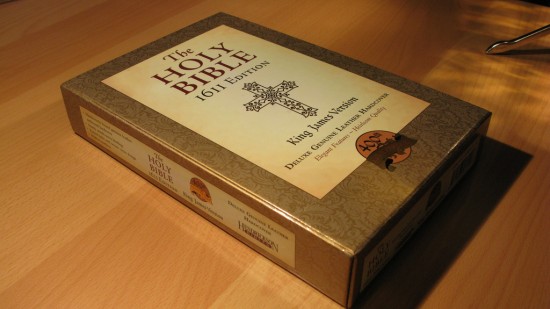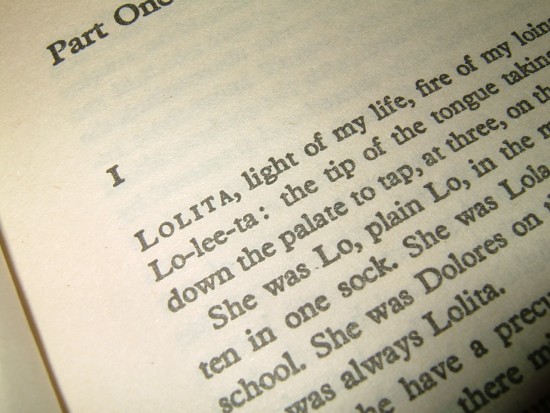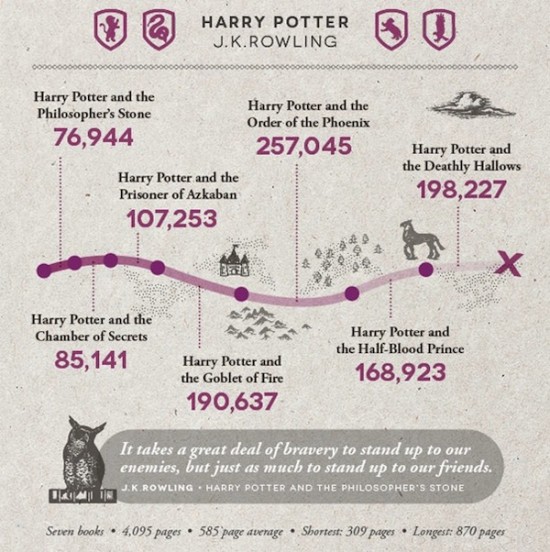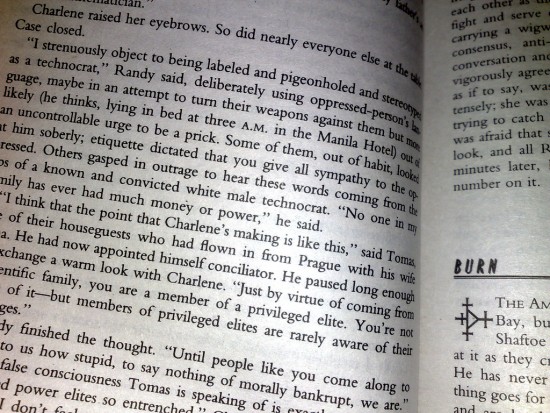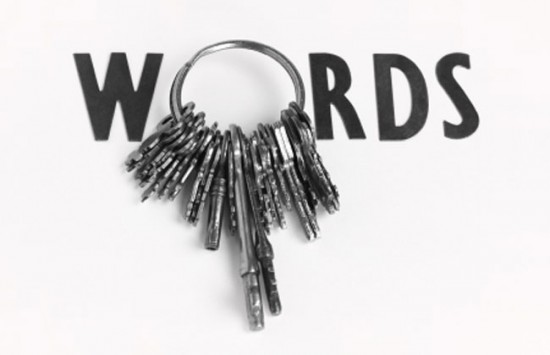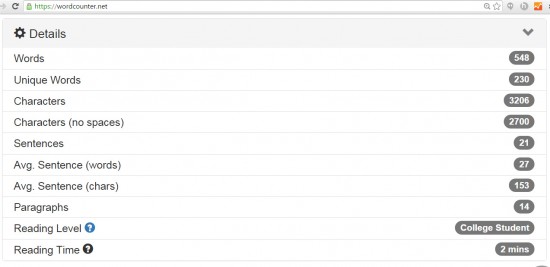How to Increase Your Essay Word Count
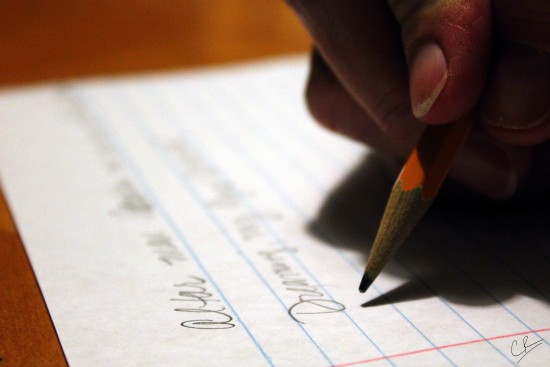
Add Examples
Skim through your essay looking for any place you have used an example to make a point. In most cases, you should be able to provide additional examples which will make your essay stronger by showing your understanding of the topic while also increasing the word count. You can also go through the essay and look for statements made where inserting an example would be appropriate to help support the statement.
Address Different Viewpoints
An effective way of increasing word count and improving your essay at the same time is to address different viewpoints to your own. You have the opportunity to discuss how these alternative viewpoints differ from the conclusions you have made, and it gives you an opportunity to explain why you believe your conclusions are superior. This shows you have considered a range of different opinions while coming to your conclusions, and in doing so make your essay stronger while adding more words.
Clarify Statements
When you find the statements in your writing, if inserting an example doesn’t make sense, then clarifying the statement may be appropriate. This can be achieved by inserting one or more specific statements to clarify the original one. A common way to do this is to follow the statement with, “In other words…” It’s important not to over-clarify statements or use this for every statement you write as it will begin to look like filler, but using it sporadically throughout your essay can increase the word count and show you perfectly understand the points you’re trying to make.
Find Additional Sources
Another way to improve your essay and increase word count is to find additional sources you haven’t previously mentioned which support the statements and conclusions you have made. The more sources you have, the stronger the essay will be in most cases. Spending some time searching for additional sources to add to the essay can be a great way to add quality content to it.
Use Quotations
Chances are you already have appropriate quotations in your essay, and if that’s the case, skip over this suggestion. Adding more will likely not add to your essay. If you haven’t used any, however, finding appropriate quotations from experts in the field that support your statements can be an excellent way to add words to your essay while improving it at the same time.
Rework Introduction and Conclusion
If all of the above haven’t enabled you to reach your word count minimum and you need some filler, look to put it in your introduction and conclusion rather than the body of the essay. Most teachers give more leeway with the introduction and conclusion to be wordy than the guts of the essay. This is something you should try to avoid if at all possible (it’s never good to be wordier than you have to be), but if you tried everything else, it’s better to do it in these two places than in the heart of the essay.
Page Count
If you’re writing an essay which has a minimum page count instead of a minimum word count, the above suggestions will work, but you have a bit more wiggle room as well. You can make slight adjustments to the font and font size you use through a Words per Page Counter. As long as you don’t go overboard, this can be a relatively easy way to increase page count while not taking away from the essay.
(Photo courtesy of Caleb Roenigk)

